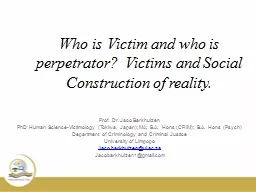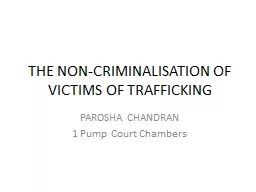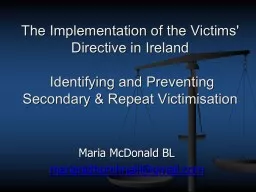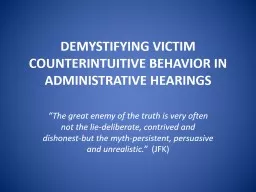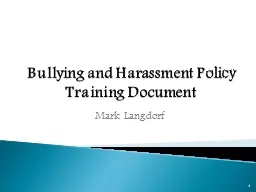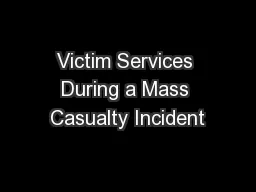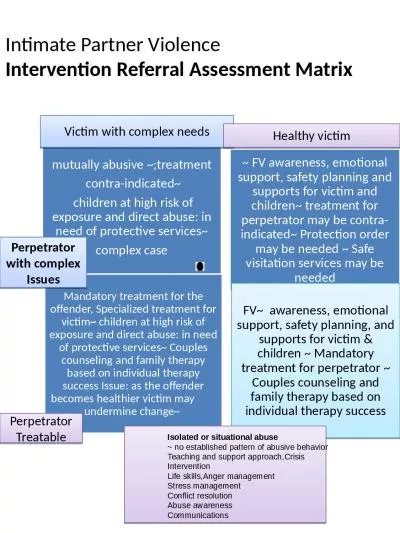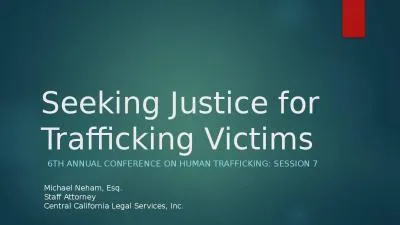PPT-Who is Victim and who is perpetrator? Victims and Social Construction of reality.
Author : accompanypepsi | Published Date : 2020-07-02
Prof Dr Jaco Barkhuizen PhD Human Science Victimology Tokiwa Japan MA BA Hons CRIM BA Hons Psych Department of Criminology and Criminal Justice University of
Presentation Embed Code
Download Presentation
Download Presentation The PPT/PDF document "Who is Victim and who is perpetrator? V..." is the property of its rightful owner. Permission is granted to download and print the materials on this website for personal, non-commercial use only, and to display it on your personal computer provided you do not modify the materials and that you retain all copyright notices contained in the materials. By downloading content from our website, you accept the terms of this agreement.
Who is Victim and who is perpetrator? Victims and Social Construction of reality.: Transcript
Download Rules Of Document
"Who is Victim and who is perpetrator? Victims and Social Construction of reality."The content belongs to its owner. You may download and print it for personal use, without modification, and keep all copyright notices. By downloading, you agree to these terms.
Related Documents

